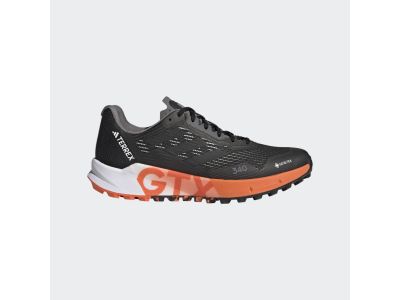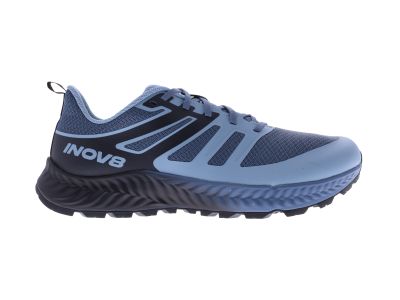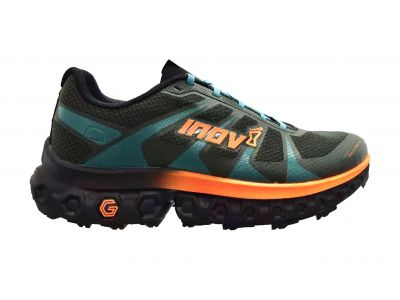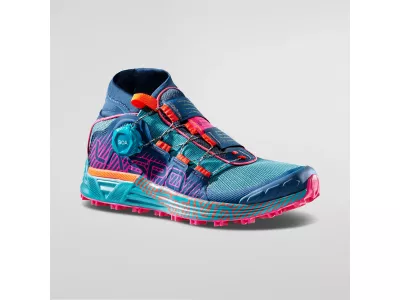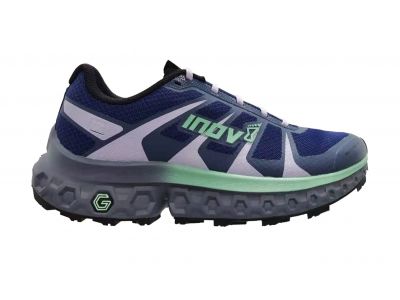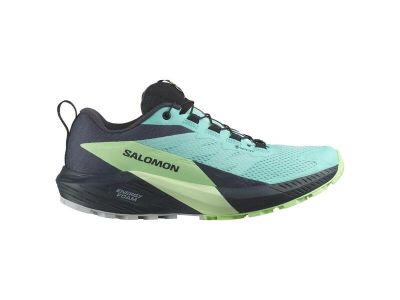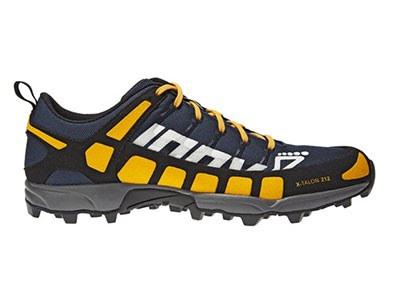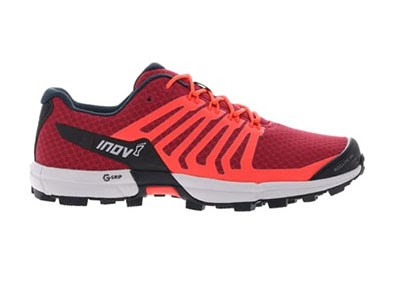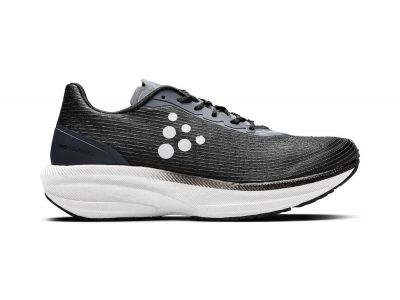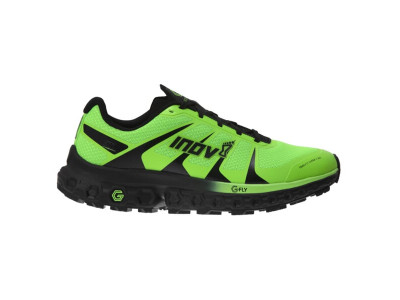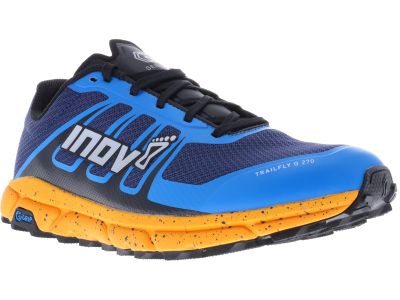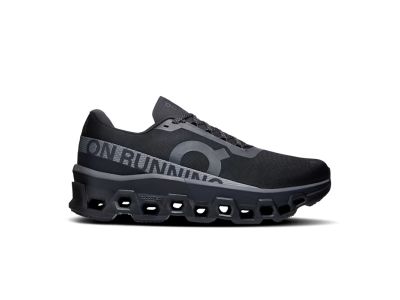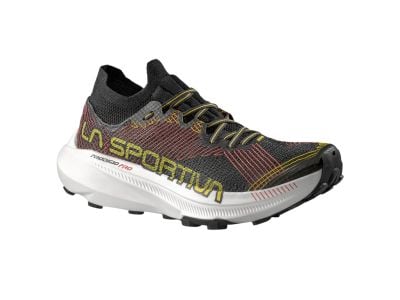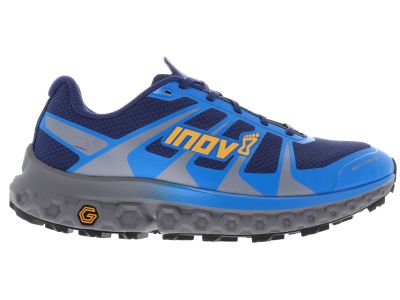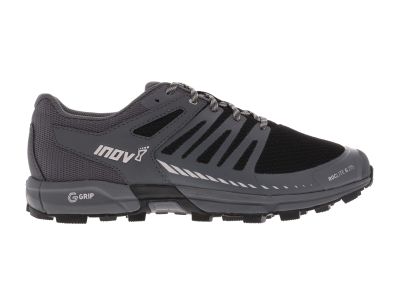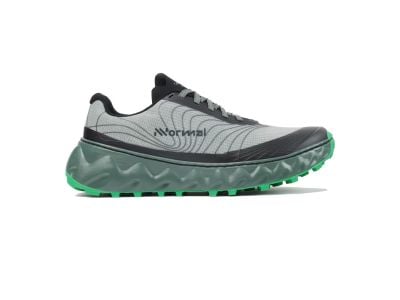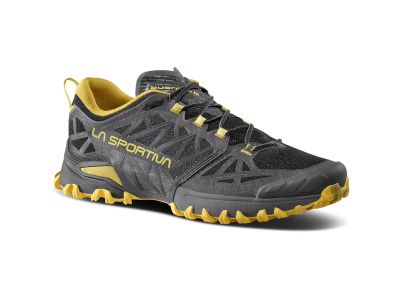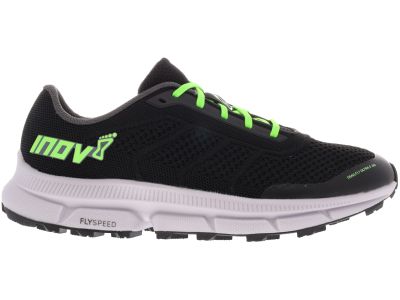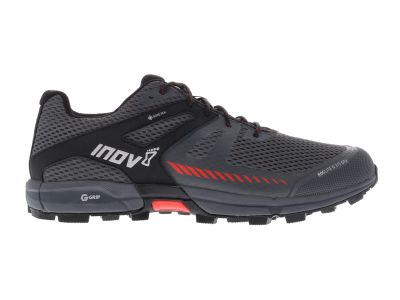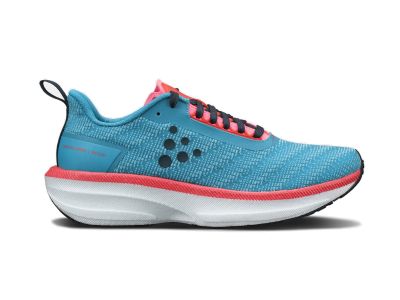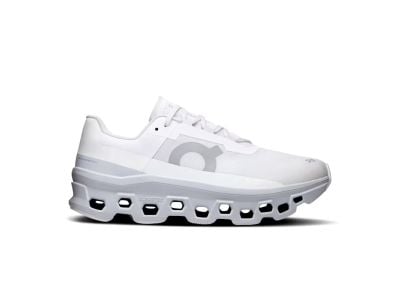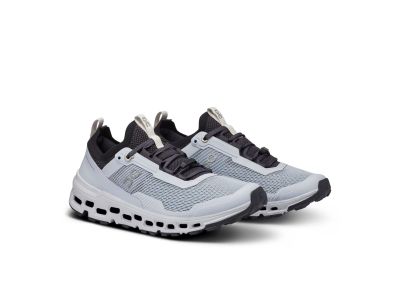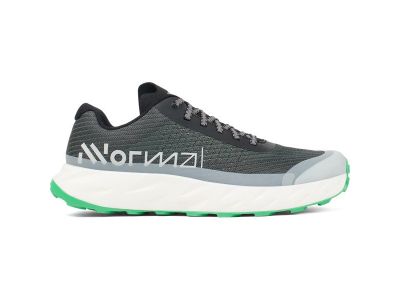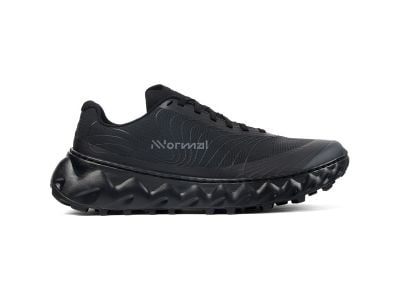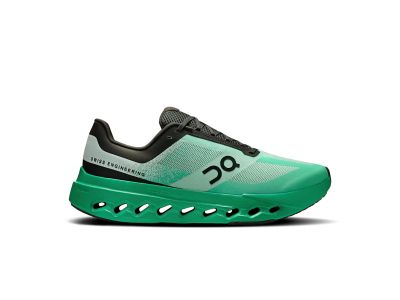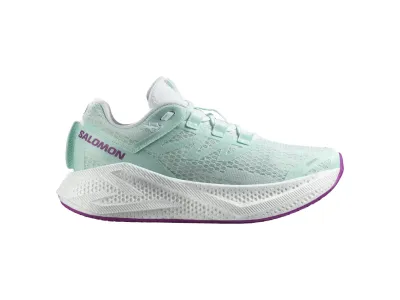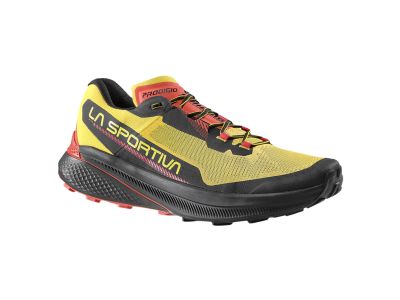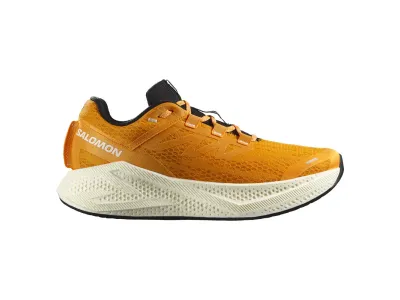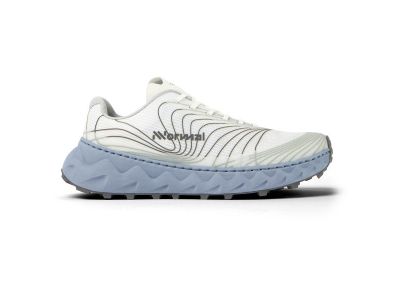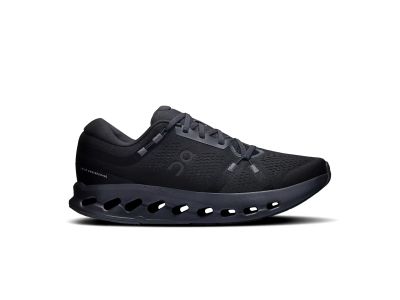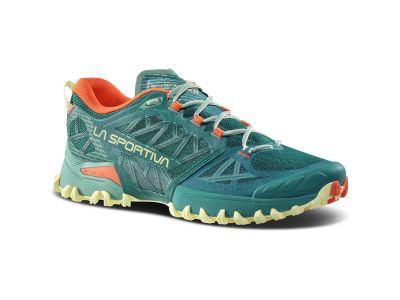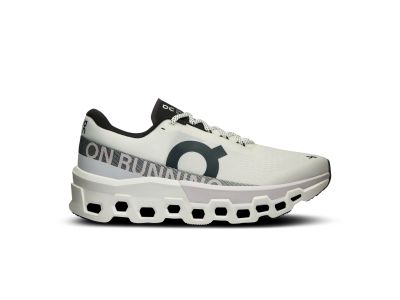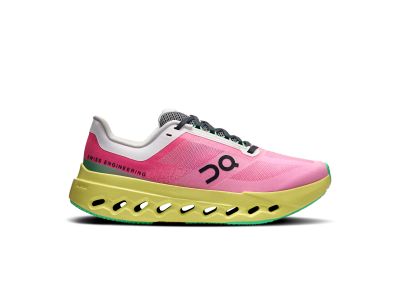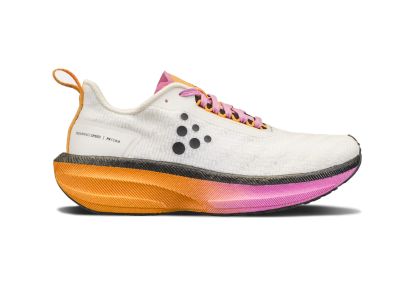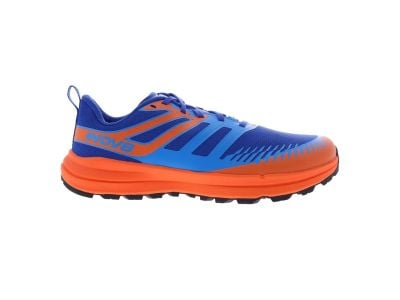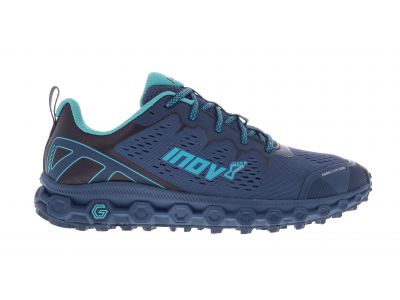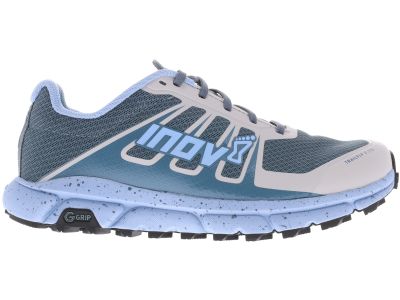Running shoes are specially designed footwear that provides runners with the necessary support, cushioning, and protection. They are designed to enhance comfort, performance, and reduce the risk of injury during running activities. The upper of a running shoe is usually made of breathable materials such as mesh or synthetic fabrics. This allows for proper ventilation, keeping your feet cool and dry while running. The upper also features overlays or support structures that provide a secure and snug fit, preventing the foot from sliding around inside the shoe and minimizing the risk of blisters or discomfort.
Running shoes also include various technologies and features that meet the specific needs of runners. These may include:
- Arch support: Some shoes offer enhanced support for runners with high or low arches, which helps maintain proper foot alignment and reduces stress on the arch.
- Footstep control: Some shoes have features like a firmer, moulded midsole that helps runners with proper footstep control.
- Reflective elements: Many running shoes have reflective materials or details to increase visibility and safety when running in low-light conditions.
- Water resistance: Some running shoes may have water-resistant or waterproof materials that keep your feet dry during wet conditions.
- Lightweight construction: Running shoes aimed at racing or speed are often designed to be lightweight, minimizing weight and maximizing speed and agility.
Running shoes are essential for runners of all levels, providing the necessary support, cushioning, and protection that help optimize performance and reduce the risk of injury. Choosing the right pair of running shoes that fit well and suit your specific needs and running style is key to enjoying a comfortable and healthy run.
What types of running shoes are there?
A specific type of running requires a specific type of running shoe. The basic types of running shoes are as follows:
- Trail running shoes: Trail running shoes are specifically designed for running on challenging terrain. They feature durable, grippy soles with deep lugs or multi-directional tread patterns for excellent traction on uneven surfaces. These shoes typically have reinforced uppers to protect against debris, rocks, and roots. Trail running shoes provide stability, support, and cushioning to handle the challenges of trail running while keeping your feet comfortable and protected.
- All-round running shoes: These running shoes are versatile and suitable for a variety of surfaces, including trails, roads, and tracks. They strike a balance between cushioning, responsiveness, and durability. These shoes offer a comfortable ride, enough traction for light trails, and enough cushioning for road or track running. All-round running shoes are a great choice for runners who vary their terrain or prefer a versatile shoe for a variety of running activities.
- Road/Asphalt running shoes: Road or asphalt running shoes are designed specifically for running on paved surfaces such as roads and trails. They prioritize lightweight construction, responsive cushioning, and a lower sole. Road running shoes often have minimal and flexible soles with smooth treads that optimize traction on smooth surfaces. These shoes provide excellent shock absorption, energy return, and comfort when running on hard surfaces, making them ideal for roadrunners and urban environments.
How often should I change my running shoes?
The lifespan of running shoes is usually around 300–500 kilometres, but this can vary depending on factors such as your running style, body weight, and the terrain you run on. It is recommended to regularly monitor the condition of your shoes and replace them when you notice signs of excessive wear, loss of cushioning, or reduced support.
Should I choose a shoe based on my arch type?
While arch type can be a factor when choosing running shoes, it is not the only deciding factor. It is recommended to consider other factors such as your running style, foot strike, and personal comfort preferences.
